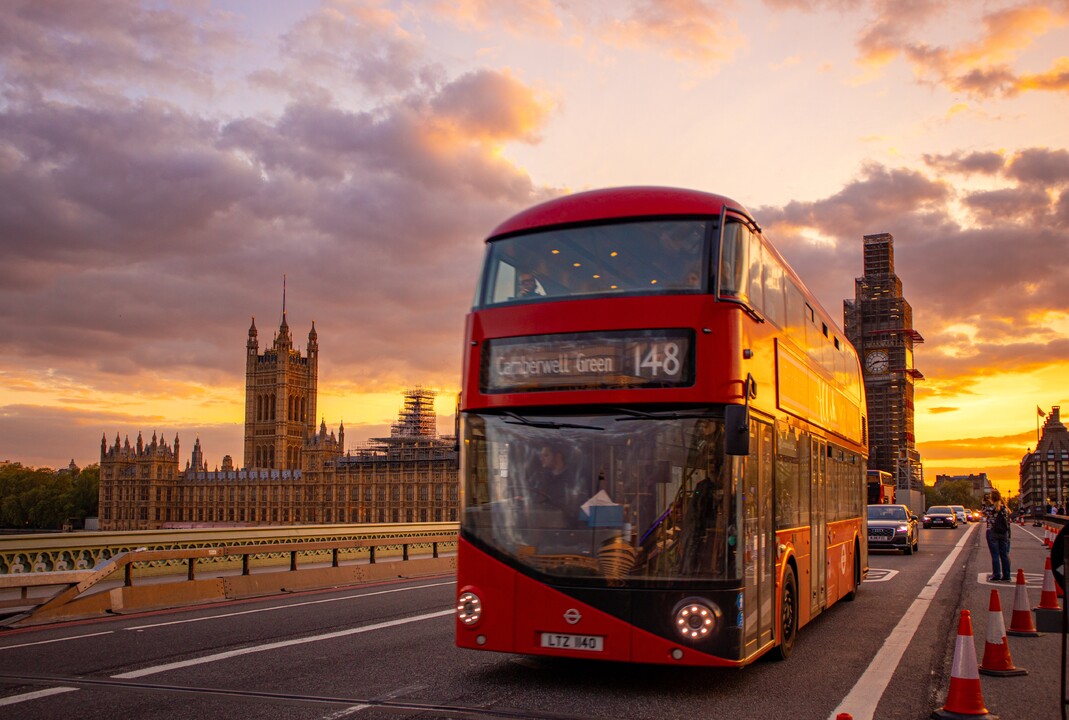Day 12: Twelve Drummers Drumming | Robotaxi at Last
Part of
12 Days of Christmas - Tesla Edition a series (c) by the Artful Dodger, Dec 2023
Over this Yuletide season, I will post a daily installment focusing on Tesla products, past, present, and future (please note that I will express
major themes as short-hand bullet points as yule soon sea. Here's the series so far:
Day 01: A Partridge in a Pear Tree | Roadster Proof of Concept
Day 02: 2 Turtle Doves | S/X Fraternal Twins go Mainstream
Day 03: 3 French Hens | Model 3 Bets the Company
Day 04: 4 Calling Birds | Model Y Built at Four Factories
Day 05: Five Golden Rings | Semi Breaks Physiks
Day 06: Six geese a-laying | Megapack To Excel
Day 07: Seven Swans a-Swimming | Cybertourdeforce
Day 08: Eight Maids A-Milking | Model 2 World Car
Day 09: Nine Ladies Dancing | Dojo as a Service[/HEADING]
Day 10: Ten Lords A-Leaping | Teslabot FTW
Day 11: Eleven Pipers Piping | FSD Or Bust
Intro to Part 12: Twelve Drummers Drumming | Robotaxi at Last
On July 20, 2016, Elon posted a blog on Tesla's website:
Master Plan, Part Deux In it, he introduced the concept that Tesla cars could earn money instead of sitting idle for hours each day:
"I
n short, Master Plan, Part Deux is:"
- Create stunning solar roofs with seamlessly integrated battery storage
- Expand the electric vehicle product line to address all major segments
- Develop a self-driving capability that is 10X safer than manual via massive fleet learning
- Enable your car to make money for you when you aren't using it
Thus was the genesis of the Robotaxi fleet, a.k.a. "Tesla Network" or TN. Let's explore the rationale, the potential solution, and the resistance to that solution. Lastly, we'll touch on the economics and business implications. Are you ready?
Let's GO! (shout out to Warren Redlich)
1. The Problem of Car Ownership: "I like to move it, move it"
- The most fundamental problem with the way we buy and use cars is that they sit mostly unused for 20+ hrs per day. In fact, they don't just sit idle: they use land for parking, and literally depreciate while they sit waiting
- Cars were build to move. As they get more complex and more expensive, it makes simple economic sense to build fewer cars, but to use each more.
- This is the business model behind rentals and ride-hailing, but they both have one achilles heel: the cost of human labor (at the rental agency, or the driver) is still more expensive in many circumstances than letting a car sit unused. Labor is that valuable
- For example, ride-hailing service Uber often charges $1-$2 per mile, plus surge prices. Meanwhile, the cost of the car (even an ICE-burg) is often only $0.50 or half the cost of labor
- So common folks are stuck in an economic trap: overpay for the convenience of car ownership, or overpay for the convenience of hiring a car
Lesson 1: Transporation should be about convenience; instead its a bother
2. Work, Play or Sleep while you Ride - "Enter the Sandman"
- The obvious solution is cars that drive themselves (see Day 11 for FSD).
- Without a human driver, and with the lower TCO of EVs, ride-hail could be profitable at half-the cost to customers
- If Tesla solves Autonomy, they will have a huge 1st-mover advantage in a winner-takes-most, $10T market (per ARK Invest 2023 whitepaper)
- I have purposely ordered this business line at the end of Tesla's notable series of accomplishments, simple due to the technical challenges, and the likely resistance from luddites (ie: Dan O'Cloudy, Union-owned Gov't)
Lesson 2: Create a solution where more people are happy and productive, more of the time
3. Fighting the Future - "But my Job (...that I hate)"
- The problem with the solution is that some people lose their jobs, and some lose income. Whether you drive a Cab, or own a Cab company, there will be less "cabbage" in an Automous future
- Unions especially are afraid of the future, and think little about using mafia-like tactics to forestall the inevitable
- Its very likely that some jurisdictions will be slow to adopt, while some may ban autonomus cars altogether because of these irrational fears of economic loss (BTW, its always a net gain to give people back their time)
- However, more forward-looking jursidictions will become the early-adopters, and their postive experiences and obvious competitive advantages will become undeniable over time (what stays in Vegas?)
- I look for places like Las Vegas and Dubai to be among the first cities to approve Tesla robotaxis
- Ride hailing is just the first application: EV Class 8 transport trucks like Tesla Semi will lower the cost of logistics for most of the goods people buy via lower operating costs and more productive labor (3 trucks, 1 driver platoon)
- This doesn't mean we have less: it means goods cost less, more money left over for other things
Lesson 3: The future is bright, if you would just open your eyes...
Conclusion:
Both institutional investors like Cathie Wood's ARK Invest and retail investors like Warren Redlich have a long history of predicting Tesla's value based solely on the future value of the Transportation as a Service (TaaS) business opportunity. This is a nascent market which could be worth $10T by 2030, and it could well boost TSLA shares 10x or more from current levels.
Thank you for your attention, Merry Christmas, and Happy Holidays, Everyone!
Cheers, Lodger
*FIN*




